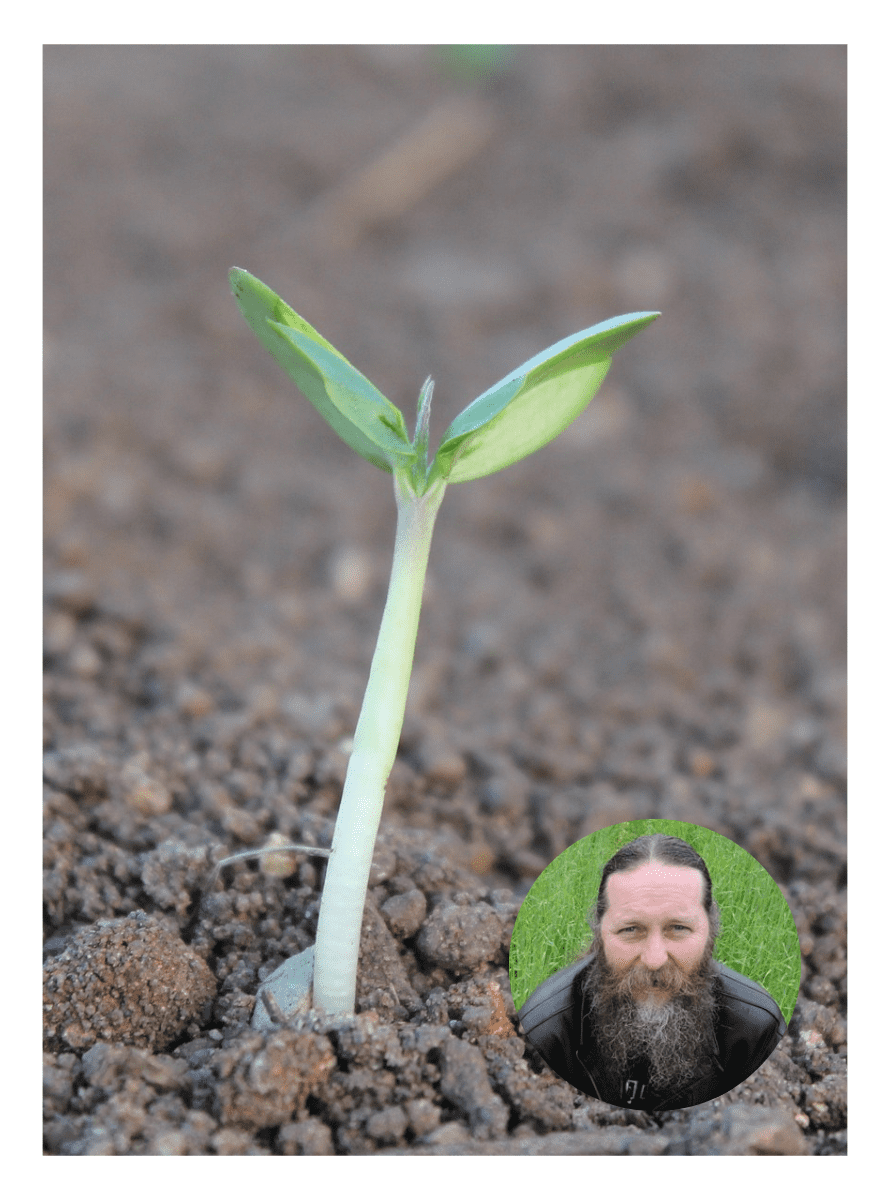World Soil Day on 5 December highlights the importance of soils and their role in supporting all aspects of human wellbeing. Soils are indeed very important. Well-managed soils underpin all of nature’s contributions to people as well as to all of the United Nations’ Sustainable Development Goals (SDGs).

Well-managed soils provide resilience to future climate shocks, by preventing erosion and helping to avert flooding. Healthy soils hold more water than unhealthy ones. This makes them less prone to drought and able to recover more quickly from flooding.
Soils are also very important to remove carbon dioxide from the atmosphere. They hold large stocks of carbon and soils that have been depleted in carbon can also sequester carbon, helping us to tackle climate change.
Scottish peatlands
However, many soils around the world – approximately 11 million square kilometres – are in poor condition and thus contribute less to improving people’s lives and the environment.
Just in Scotland, 80% of our peatlands are degraded to some extent and we need to make big efforts to restore them.
Large areas of peatlands were drained many years ago for sheep grazing and other purposes, and that caused them to degrade. Blocking up drainage ditches can help rewet the soil and turn degraded peatlands into thriving carbon sinks and reservoirs for biodiversity.
The Scottish Government is running a programme that aims to restore peatlands, called Peatland ACTION administered through NatureScot. Landowners can apply for funding through the programme to help them restore their land.
The clock is ticking though. We will need to act quicker than we currently are, if we are to restore the vast areas of peatlands that will help Scotland reach net zero emissions by 2045.
Improving farming practices
Farmers use fertilisers to get high yields, but these are costly and cause pollution. If farmers can increase the organic matter in soil, this increases nutrient supply and less fertiliser would be needed.
Soil organic matter can be increased by putting back more organic matter into the soil and keeping it covered. Farmers already do this by applying animal manure, but using municipal compost and other sources could be additional ways of increasing organic matter in soils. We should regard organic “waste” as an important resource that can be recycled, rather than sending it to landfill.
Combining trees and agriculture in the same plot of land, known as agroforestry, could play a role here. For example, integrating trees into pasture land can help increase the organic matter in soil under the trees, while also removing greenhouse gases from the atmosphere and providing co-benefits for animal welfare and biodiversity.
These approaches are still in their early days in Scotland and could be introduced more widely.
Carbon loss
Organic matter is around 58% carbon and regularly ploughing the soil releases carbon into the atmosphere. For that reason, organic matter content tends to be higher in grasslands than in land used to grow crops and vegetables, because the latter are ploughed every year to allow new seeds to be sown.
Intensive ploughing can eventually decrease soil productivity and contributes to climate change, so less intensive ploughing should be encouraged. When a crop is removed from the field, it is really important that farmers replenish the organic matter into soils. Keeping the ground covered, for example by cover crops during the winter, is another way to get more organic matter in to the soil.
Stopping expansion
Because natural ecosystems store more soil carbon than croplands, it is important that we don’t expand agriculture into natural systems because that is when the most carbon gets lost into the atmosphere. If agriculture can be done efficiently through the methods described above, there is no need to expand the agricultural area – so maintaining productivity is also important.
Future
Looking to the future, further education and outreach about soil restoration options that are available to farmers could play an important role. Additionally, including good soil management into future farming subsidies will help to incentivise good practice.
Scotland is heading in the right direction with regard to soil health, but we need to up our efforts to restore all of our peatlands by 2050. Soils are essential to mitigate our emissions and increase resilience to extreme weather events, which will become more frequent with climate change.
If we look after our soils, we help them to help us.
Related links
Peatland restoration and potential emissions savings on agricultural land
Measuring the vulnerability of Scottish soils to a changing climate